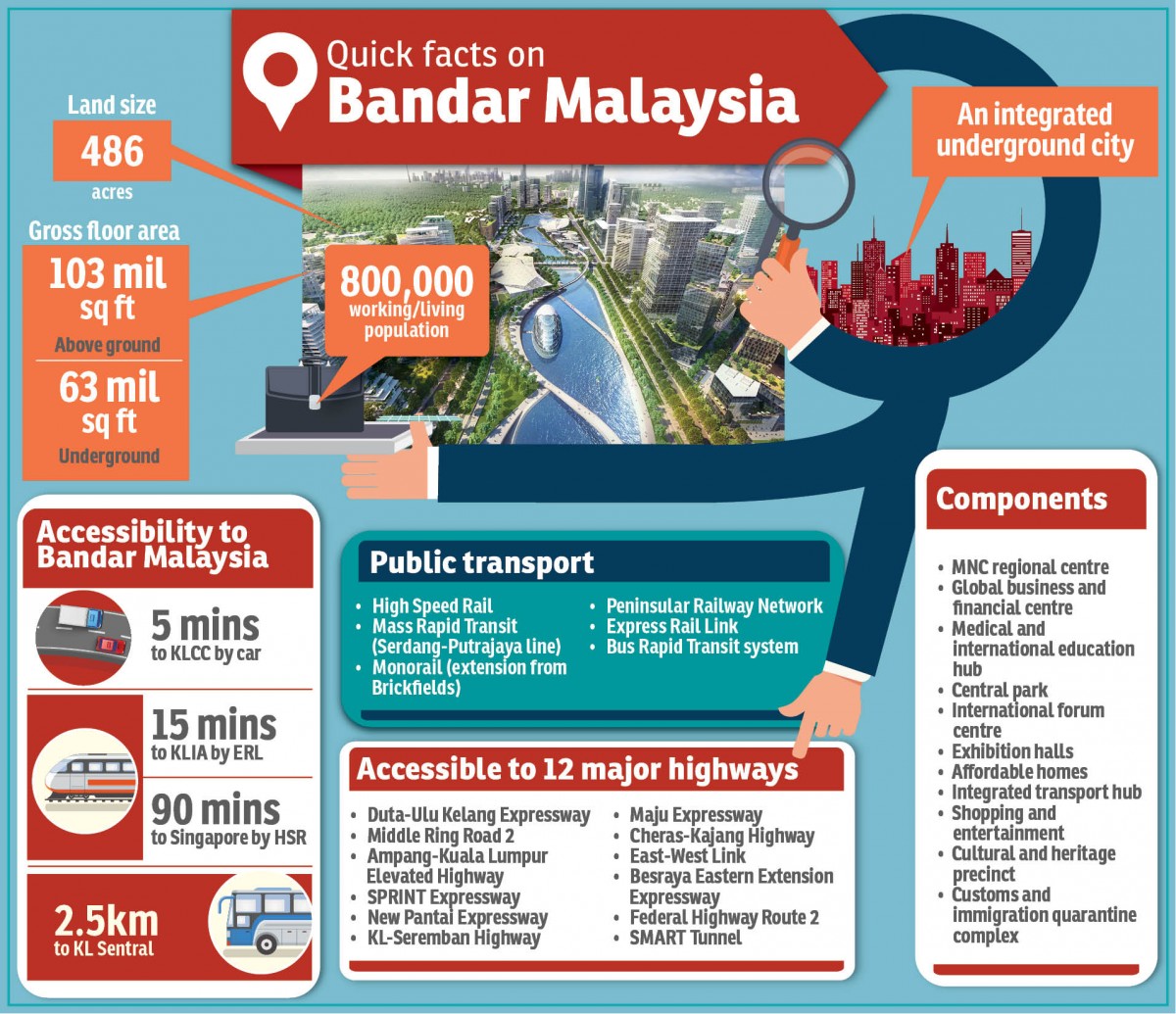During
the years of the implementation of the “Belt and Road Initiative”,
China-Malaysia economic and investment relations have developed strongly. Since
2009, China has been Malaysia's largest trading partner for ten consecutive
years. Data show that the trade volume between Malaysia and China reached USD 108.6
billion in 2018. During the period of diplomatic relations, the trade volume
between the two countries was only USD 122 million in 1975. By 2018, bilateral
trade achieved an increase of about 890 times.
The
relationship between China and Malaysia is closer and closer to the win-win
cooperation under the “Belt and Road Initiative” initiative! According to a
Reuters report on April 12, the Malaysian government said that after several
communications, it decided to resume the East Coast Rail Link (ECRL)
construction project.

It
is reported that the Malaysia ECRL Project was undertaken by China Communications
Construction Company (CCCC). After the Malaysia government and China
Communications Construction Company conducted several consultations, both two
sides reached an agreement. Once the project is completed, it will benefit both
Malaysia's improvement of its port city status and China's long-term voyage
transportation costs. In the future, it will become a model for mutual benefit
between China and Malaysia.
According
to the Malaysian media "China Daily", Malaysia Prime Minister Dr. Mahathir
announced that the long-awaited “Bandar Malaysia” Project with an investment of
more than RMB 228.4 billion will finally be officially restart!
What is the “Bandar Malaysia” Project?
“Bandar
Malaysia” is about 7 km from KLCC Twin Towers and is the single largest and
undeveloped complete plot in the heart of Kuala Lumpur. The project covers an
area of about 2 million square meters, with a total construction area of about
8.4 million square meters and a development period of 15 to 20 years.
“Bandar
Malaysia” is a traffic-oriented integrated function development project in
Kuala Lumpur. The project is located at the end of the Kuala Lumpur-Singapore
High Speed Railway Line. After the completion of the railway, it takes only 90
minutes from Kuala Lumpur to Singapore. Malaysia City will be the gateway to
the capital, Kuala Lumpur, and will set the standard for future transition cities
in Malaysia and Southeast Asia.

With
the vision of creating a “Global Green Gateway”, “Bandar Malaysia” will become
an important international destination and help Kuala Lumpur become a top
livable city. As a comprehensive transportation development project for
developing cities and a gateway to the expanded railway network in Malaysia,
the project will serve as a link to an increasingly global and dynamic economy.
According
to the Malaysia government's plan, the “Bandar Malaysia “project is mainly
designed based on the blueprint of Montreal' Underground City, Canada. It will
become the most important transportation hub in Kuala Lumpur and an
international economic center integrating finance, commerce, culture, tourism
and high-end residence. After completion, it will become the second largest scale
project in the world.
Not
only is a high-speed rail city, but also a pedestrian-friendly community, a
series of transportation systems are intertwined by region, neighborhood and
“last mile”. All of Malaysia's local transportation models are connected here
to bring together next-generation infrastructure and passenger transport
facilities, including high-speed rail, commuter rail, subway lines, monorail
and ground transportation, to create a comprehensive high-density development
project.
Restart “Bandar Malaysia “project, Kuala
Lumpur has a historic development opportunity
In
addition to announcing the restart of the “Bandar Malaysia” project, Malaysian
Prime Minister Dr. Mahathir also announced that the plan will continue to be
under the responsibility of the Malaysia-China Foundation which is Iskandar
Waterfront City Bhd (IWC) and China Railway Engineering Corporation (CREC). He
also revealed that IWC and CREC promised to invest RM 500 million as a
“pre-payment” within 60 days after the government officially announced the
restart of the “Bandar Malaysia” project. Previously, IWC and CREC had invested
RM 741 million.
Dr.
Mahathir pointed out that the government realized that “Bandar Malaysia” will
have a huge development for the future economic situation of Malaysia, and it
can attract large-scale enterprises such as finance and technology companies to
enter Kuala Lumpur.
“The
government estimates that the total development value (GDV) of “Bandar
Malaysia” is about RM 140 billion. I believe that after the completion of this
plan, international financial institutions and regional top 500 companies will
set up headquarters in “Bandar Malaysia”. “
If
the plan goes smoothly, the development of “Bandar Malaysia” will allow Kuala
Lumpur to surpass the development of all the capitals of ASEAN. In other words,
“Bandar Malaysia” will lead Kuala Lumpur to complete the transformation and
upgrade, making Kuala Lumpur an international metropolis. And because Kuala
Lumpur is in the core geographical position of ASEAN, Kuala Lumpur after the
completion of “Bandar Malaysia” is expected to be one of the most important
cities in ASEAN.
News from -